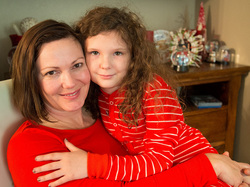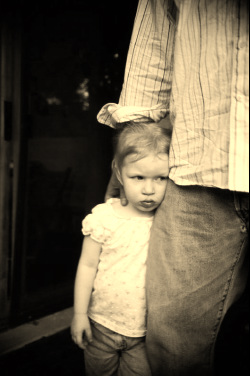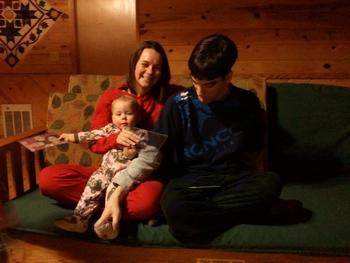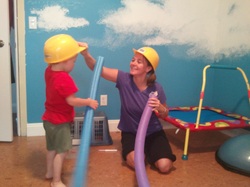I love playing. I love finding kid's (and adults) motivations and then making them laugh and laugh. I love finding any interest and then making it more interesting and then finding ways to help kids practice skills while helping them get more of what they want. I love convincing people that they are powerful and capable of anything they want, whether it be kids or parents. I love helping adults connect to their kids and kids to their adults. I love the silence and contemplation of kids with autism just as much as the engagement and laughter. I love the new moments and seeing kids see and hear and experience themselves do new things. I love building confidence and love and trust. I love love. I love my job! Have a great weekend! Hug your kiddo for me!
I didn't originally intend to publish it, but letting myself go on and on about what I love about my job was fun and it left me feeling really excited about what I do. If you are ever feeling "stuck" in the playroom or a little unmotivated give yourself a moment to write out, type out, or even leave yourself a voice memo going over what you love about playing in the playroom. You will find that once you start yourself thinking about fun and uplifting moments you are opening up your brain to think of even more fun moments. This then helps you to envision future fun moments and might even bring some ideas to help with those future fun moments.
Regardless, the more hopeful and excited you are the, more you help your perception of having a fun and inspiring play session come true. Your enthusiastic attitude in the playroom is a wonderful and enticing model to your child of how you can be in life if you choose. It will also help them play longer, try harder and help both of you have more fun.
Happy Playing!
Katrina







 RSS Feed
RSS Feed
